|
Review by Francine Puckly
At the suggestion of my daughter, I picked up a copy of Marie Rutkoski’s The Winner’s Curse Trilogy: The Winner’s Curse (Farrar, Straus and Giroux, 2014), The Winner’s Crime (Farrar, Straus and Giroux, 2015) and The Winner’s Kiss (Farrar, Straus and Giroux, 2016). As I was neck deep in revision for a dual-point-of-view novel, my daughter thought The Winner’s Curse might act as a mentor text for how the author masterfully handles two points of view. And while Rutkoski does a phenomenal job with POV, she offers so much more for readers and writers alike. At the story’s opening, our first protagonist Kestrel and her best friend Jess end up at the slave market quite by mistake. But as a handsome and defiant slave Arin (our second protagonist) is being auctioned, Kestrel bids and purchases him for an unseemly amount of money. Kestrel brings Arin back to her father’s estate where he is put to work as a blacksmith. After a short time, Kestrel chooses him as her escort into town and their relationship shifts from one of ownership and servitude into one of respect and the hint of friendship. It eventually blossoms into romance. But the star-crossed lovers are pitted against each other as Arin leads the slave rebellion and uprising against the army Kestrel’s father commands. Over the second and third books, a complicated relationship between Arin and Kestrel twists and turns with an even more complicated war between Arin’s enslaved people and Kestrel’s people who have dominated them for over a decade. Readers are exposed to brutal battles, political intrigue, relationships and their corresponding power shifts, and the issue of freedom and its costs. On Writing:
The Winner’s Curse Trilogy is definitely worth a closer look by anyone hoping to study superb plotting, backstory, and slow-burn romance development, as well as distinct points of view.
0 Comments
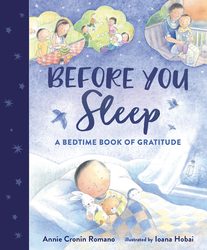 Review by Francine Puckly This book pick begins with a disclaimer—all of us at 24 Carrot Writing have been intimately involved with Annie Cronin Romano’s debut picture book, Before You Sleep: A Bedtime Book of Gratitude (Page Street Kids, 2018). This included reading and critiquing numerous drafts as Annie journeyed with this story from rhyme to free-verse and back again. Despite that by the very nature of our involvement we are biased toward this story, this picture book is an enchanting, rhythmic and comforting story about tucking in one’s senses before dropping into the night’s slumber. Annie gently takes the readers and young listeners of the story through the sounds, scents, tastes, sights, and touches experienced during the day. Ioana Hobai’s soft and luscious illustrations add to the calming effect. Before You Sleep is a perfect way for helping little ones mentally wrap up their day and establishing a bedtime mindset. This book will delight young readers and parents alike! On Writing:
Annie’s voice is lyrical, and she evokes emotion and response with her careful word choice. She shows in this manuscript how important it is to make every word count. In addition to thoughtful, tight text, Annie uses unexpected experiences to highlight these senses, bringing a new experience to her readers. 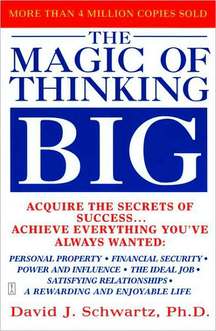 A review by Francine Puckly Goals are vitally important. They steer behaviors, work plans, and creative journeys. In light of this, I’ve chosen to showcase The Magic of Thinking Big, by David J. Schwartz. Originally published in 1959, Schwartz’s book remains in print, guiding those of us who dare to go after our dreams. Let me start with an example of the impact this book has had. In 1966, Lou Holtz was hired by Marvin Bass to coach with him at the University of South Carolina. Holtz and his wife spent every last penny they had on a down payment for a house and moved to South Carolina with two kids and a third on its way. One month later Marvin Bass resigned to coach an expansion team for Canada’s Continental League and at 28 years of age, Holtz was unemployed. He recalls that it was the lowest point in his life. His wife, Beth, gave him a copy of this book. And that was the day Lou Holtz began making history. After reading it cover to cover, he made a list of 107 life goals. It provided the guiding force his life needed. To date, Holtz has achieved 102 of the 107 goals, including having dinner at the White House, being on the Tonight Show with Johnny Carson, coaching a team to a National Championship, and becoming coach of the year. Big goals. Big achievements. Inspired by one little book. The Magic of Thinking Big delivers three hundred pages of life-changing advice. While some people might say Schwartz’s advice is cliché, he zooms in on thinking and how it colors our future—either for better or worse. His talk is heavy on attitude and how negative attitudes will block our goals and positive attitudes foster actions to accomplish them. He walks us through how to stop making excuses, how to develop confidence, as well as how to generate ideas and create a life environment that will make us successful. He emphasizes that we should be doers (and how to get into the “Action Habit”) and guides us to set up 30-Day Improvement Guides for immediate action as we march toward ten-year goals. Although the language is dated and there are references and analogies that aren’t considered politically correct today (which is to be expected in any 57-year-old book), Schwartz offers timeless advice on making the most of our lives and our dreams. I’m a firm believer that autumn is a new beginning and the perfect time to establish goals. Why not pick up a copy of The Magic of Thinking Big this August and use Schwartz’s guidance to help build your long-term goals. Oh! And don’t forget to look back at last summer’s planning blogs for help with establishing specific tasks! Dreaming Big: anything-but-ordinary.html The Five-Year Plan: planning-part-two-charting-your-5-year-plan.html The One-Year Plan: planning-part-three-your-one-year-roadmap.html Charting Tasks: planning-part-four-setting-a-realistic-measurable-quarterly-plan.html Aim high! Work hard! Your goals are just a few actions away. ~ Francine Reviewed by Francine Puckly 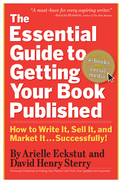 I ’m veering off the road of discussing actual children’s books for our Book Pick this month to talk about the books that keep us company during the writing process—our trusty how-to guides. My bookshelves are littered with craft books, the books I use to assist my manuscript constructions. Martha Alderson’s Plot Whisperer is my companion for first drafts and Cheryl Klein’s Second Sight accompanies me on my revisions. But these last few months I’ve been in the trenches, knee deep in submission preparation for my completed YA manuscript. The Essential Guide to Getting Your Book Published, written by Arielle Eckstut and David Henry Sterry (a.k.a. The Book Doctors), has become my go-to strategy book. Divided into three major sections, I am immersed in Part I—honing my pitch and synopsis, researching agents, and updating my social media platform. While I’ve perused Part II (contracts, rights, working with publishers, and revision under deadline) and Part III (publicity, book launches and the like), those two sections will become more helpful once my manuscript has landed into the hands of someone interested in taking the manuscript to the next chapter of its life. There are dozens of books to help with publishing and I own quite a few of them. So why does this book stand out as a resource?
On Writing: Beyond the publishing advice, what can a writer learn from reading and using this book as a resource?
For more information on The Book Doctors, visit http://www.thebookdoctors.com. Do you think you're ready to pitch your book? Don't miss the Book Doctors and Pitchapalooza at the 2016 NESCBWI Spring Conference. Registration opens February 9, 2016. http://newengland.scbwi.org/category/regional-conference/ Young Adult Fiction 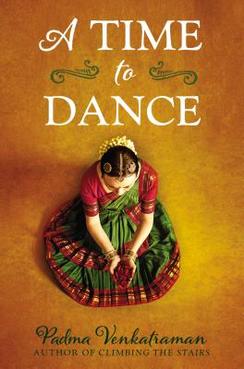 by Francine Puckly Padma Venkatraman’s “A Time to Dance” is a young adult novel-in-verse which carries your heart to emotional highs and lows as you journey with a young Bharatanatyam dancer, Veda, through the joys and triumphs of her dance competition to the despair of a heart-wrenching physical setback and into the recovery of her dreams. Because the book is written as novel-in-verse, the author is able to impart the story through flashes of emotion, action and character, giving the reader a deep emotional link to each scene in very few words and lines. It is with these well-chosen words and sparse but conscious writing that Venkatraman carries the reader through the tale of holding and developing new goals and aspirations, as well as growing into a more conscious human being. Each chapter reads as its own beautiful poem, and these poems are threaded together into a captivating story of hope and renewal. I was eager to turn the pages, entranced by the characters and plot, but I also look forward to revisiting the book to savor each poem for its simplicity, beauty and poignancy. On Writing: For those of us who have little experience reading or writing novels-in-verse or who might be exploring different formats to express the stories we’re bringing to the page, Venkatraman’s novel is a wonderful study in how to use sparse, well-chosen words and create individual poems that lift and carry the reader through their very own emotional arcs, while at the same time pulling the reader poem-by-poem through a greater story arc of character, plot and emotion. For more information on Venkatraman’s process in writing this bold cultural and spiritual book for teens, visit http://nancytandon.com/2014/11/11/a-time-to-dance-interview-with-author-padma-venkatraman/. And for three additional writers’ perspectives writing-in-verse, check out http://www.axonjournal.com.au/issue-4/writing-young-adult-verse-novel. - Francine |
Our favorite mentor texts to guide your writing and revisions.
Categories
All
Archives
April 2024
|
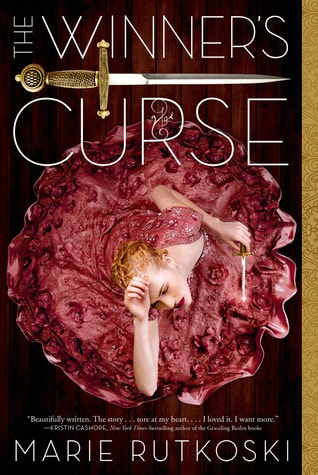
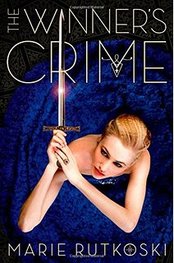
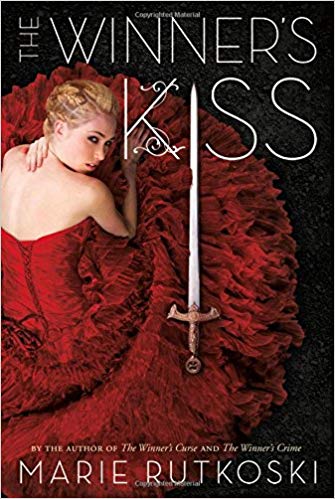
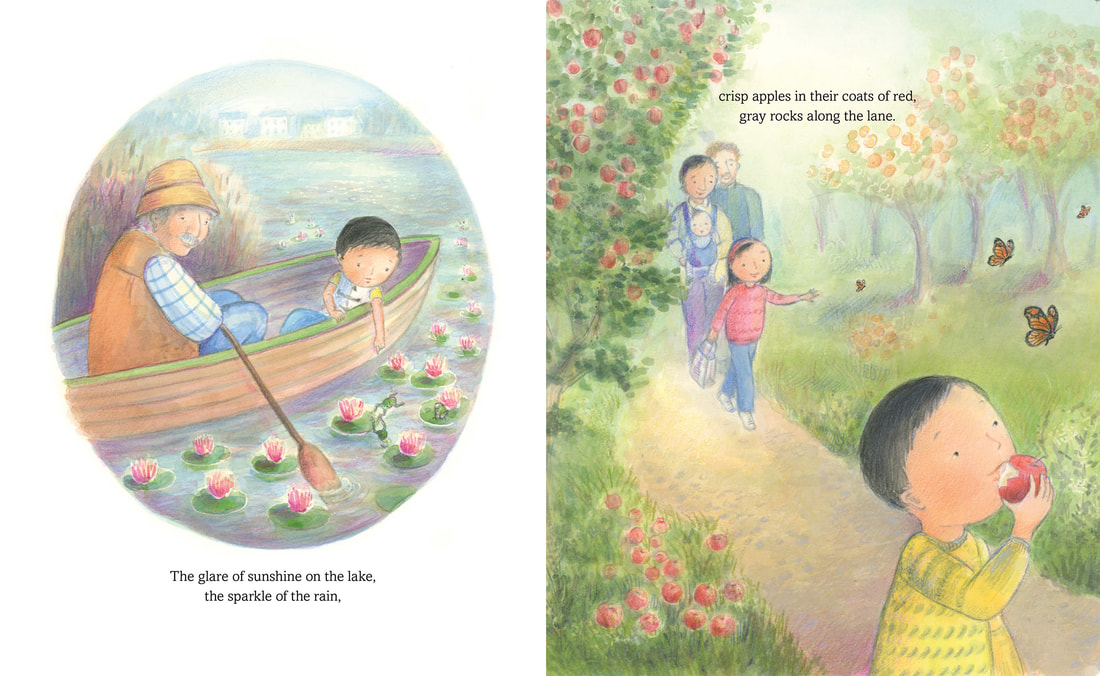
 RSS Feed
RSS Feed